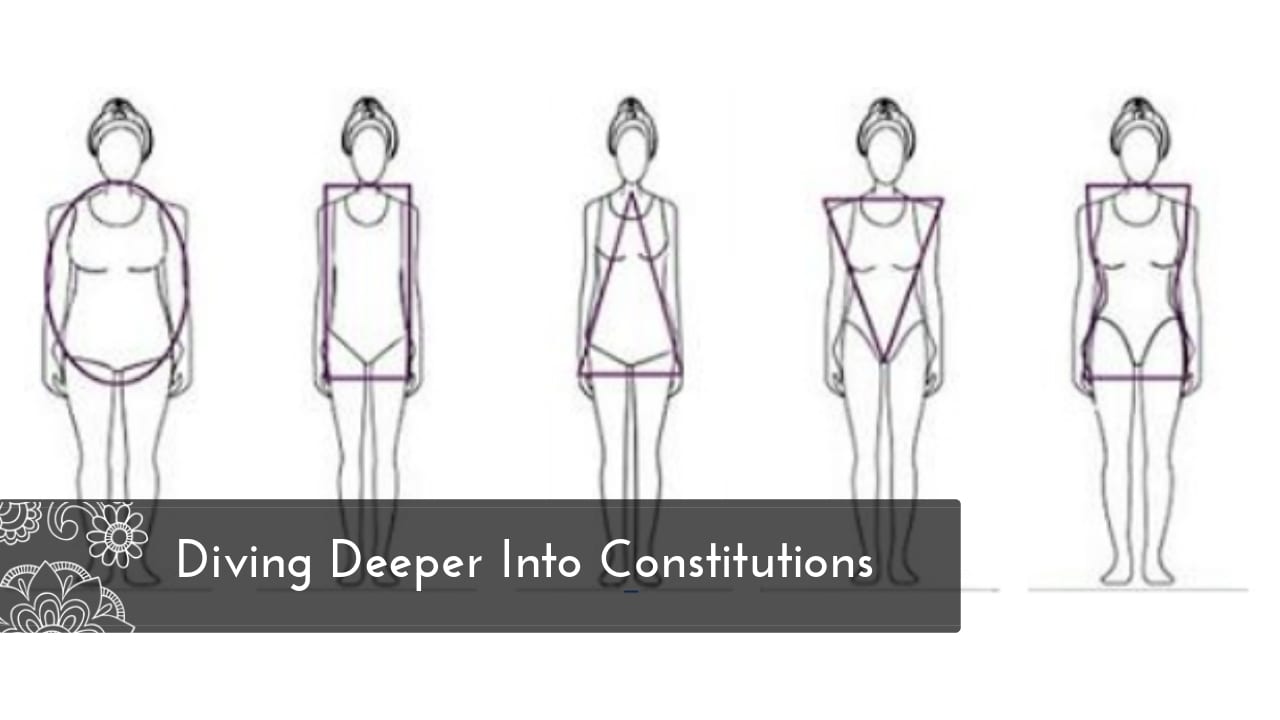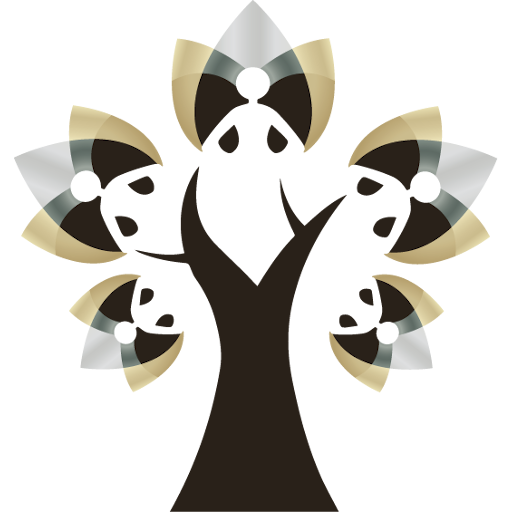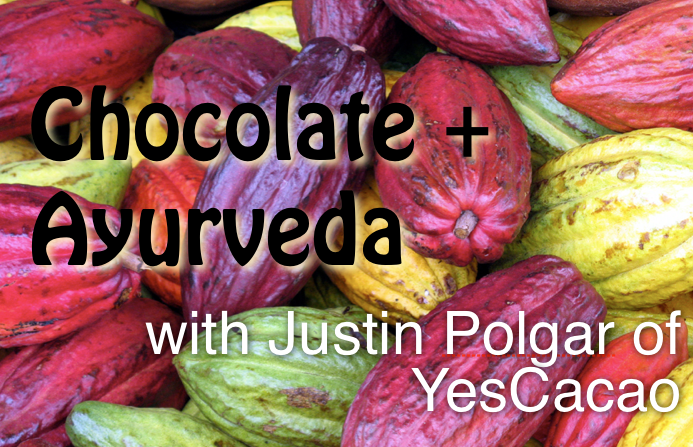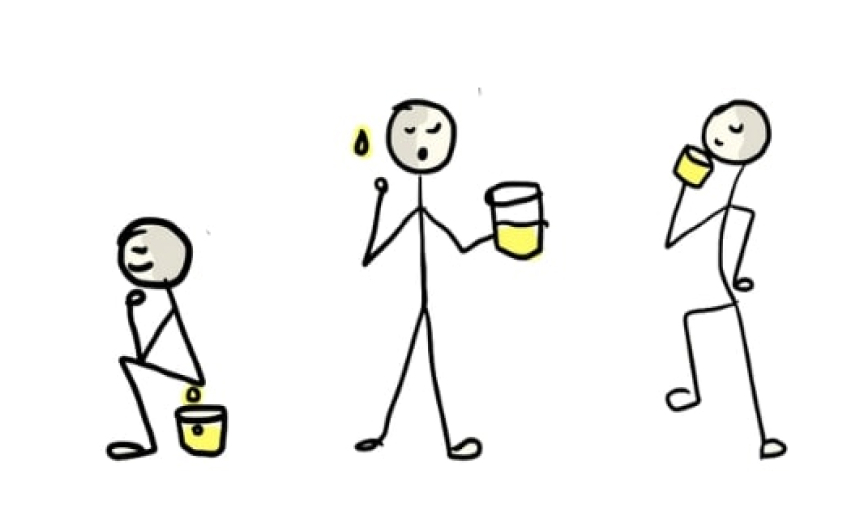Diving Deeper Into Constitutions

Mind v Body, Dharma, and Ama
By now you likely know what a constitution is, what your makeup is, and you are ready to get into some of the nitty gritty about how constitutions really work in your body. If you want a refresher, check out Whats Your Dosha Darling and then dive in here.
Let’s start with the #1 question I get about doshas:
What if my mind and body are different doshas?
I can relate. My mind is Pitta (fire) and my body is more Kapha (earth, water). Kapha bodies are naturally strong, stable, and collect energy rather than dissipate energy. Pitta minds are sharp, intense, fiery, and future-focused. Pitta minds can consume vast amounts of information and whittle away all but that which is useful to focus on.
Often people with a pitta mind and kapha body will overeat or drink too much. Their mental capacity for consumption overflows into the desire to eat more, drink more, and out-do others at the bar or the dinner table. Kapha bodies need less fuel than pitta bodies.
Let’s take another example:
Vata Mind/Pitta Body
A Vata (space/air) mind is naturally thinking outside the box, connected to the subtle plane, connecting ideas from past to future, and imagining beyond the bounds of time and space. A Vata mind finds fascination in the unknown, in potentiality. A Pitta body burns hot and fierce, naturally strong in digestion and elimination, and is highly reactive to toxicity.
Both Pitta and Vata energies are subtle and mobile – neither are stable. The issues for Vata mind/Pitta body usually happen when the Vata mind gets absorbed in non-worldly matters. The energetically-demanding pitta-body may not get the attention and stable rhythm from water, food and sleep. A Pitta body has very high needs for regular, substantial and clean nourishment and a nurturing daily rhythm. Imbalances can result in flare-ups – physically in the skin, in emotions, and in infections or inflammatory-diseases.
The Differences Between Kapha and Ama
Kapha is the embodiment of the qualities of stability, moisture and density. Kapha body types, therefore, are naturally stable, moist and dense giving Kaphas a sturdy bulk. Kapha mental types are equally stable and sturdy – often an emotional pillar for the vata and pitta types in their lives. Let’s be clear: excess weight isn’t kapha.
Often I find people confuse ama with kapha. Someone who is carrying an extra 20 pounds on an ectomorphic Vata frame thinks they have a Kapha prakruti (constitution). Often they then experiment with a Kapha-reducing diet or lifestyle. The root of their issue is usually Vata, not Kapha.
Excess Weight = Ama
I’m well aware that we’re in the heart of the body-acceptance movement, and that talking about excess weight is not p.c. Yet, I see some risk in identifying who we are – our prakruti – with something as dangerous and mutable as ama. Ama is undigested food that gets stored as toxin in the body. Ama also has an emotional, mental and relational component – as undigested emotions and impressions that created confusion.
So, if a vata body type is carrying an extra 20+ pounds… what is the weight? Is it kapha? No. It’s ama. It’s unmetabolized energy that is become stable in the body. The stability of ama can make it look like kapha. Actually, kapha and ama share many qualities – ama is white, sticky, dense, and also stable. Ama causes confusion both on the cellular level – creating a slimy coating around cell membranes that dulls the cell receptors and endocrine optimization. Ama also causes confusion – or dullness – on the mental level leading to complacency and lassitude.
But, ama isn’t kapha, anymore than ojas is kapha. We won’t talk about Ojas yet -the subtle, refined form of kapha, that generates the immune system.
A pitta body type can easily develop ama-laden habits by the propensity to hyper consume. Food and high calorie beverages (think beer or wine) included. Vata types put on ama due to poor digestion coupled with irregular eating, eating for anxiety and irregular elimination habits. Kapha types put on ama due to not breaking a sweat before breakfast daily, as is requisite on their cellular need for exercise-induced perspiration.
If you confuse excess weight- or ama – with Kapha – you’ll never get to the root of your kapha imbalance. I have a special component in the Power of Your Constitution Workshop on this.
What does Constitution have to do with specific diseases?
Let’s start with the condition of Ama – because any constitution can become overweight. If we don’t understand the mental/emotional constitution and the body constitution the chances of quickly hitting upon simple, effective solutions is like trying to read size 4 font without a magnifying glass. You can tell there are words- but it’s all a blur. When you learn how to read your mental and physical constitution, as well as signs for ama, the solution comes into focus.
Signs of Ama (regardless of Constitution)
– Excess body weight
– lethargic upon arising
– Grumpy upon waking
– Unstable energy
– Bad breathe
– White coating on tongue
– Traveling body aches and joint pain.
If you know the nature of you (your constitution) and the nature of your imbalances (like ama)… you now have a route to the root of health issues.
Emotional Intelligence
Much has been written on learner vs. victim mindsets (see Carol Dveck – Mindsets). Assume for this article on constitutions a learner mindset… not the pathology… will be our starting block.
Kapha types are blessed with endurance. Endurance is developed with the habits of resilience (see Dina Charya- the concept, or Body Thrive – the book). Kapha’s being high in water element are naturally attuned to flow and rhythm… unlike their fiery and airy counterparts. Kaphas more naturally attune to the daily and seasonal rhythms that optimize human health, and due to their earthy nature, and less thrown off by the current trends of culture.
The endurance a Kapha can cultivate and build capacities around enables them to weather the storms of changing markets, industry disruption. Natural accumulators, Kapha types accumulate resilience which gives them a natural immunity and stability (emotionally, financially, relationally) the others types usually have to effort towards.
Dharma & Your Constitution
Dharma for Kapha pulls on this endurance, resilience and accumulation. Kaphas can do more and weather more while staying the course. When consistently activated, this potential can be leveraged for greater risk.
Pittas, on the other hand, are natural vision-planners. They can see and aim… and even strategize towards the way forward with increasing accuracy. Awake to their own power to learn quickly, objectively evaluate and digest many options… Pitta types are designed to lead in a better direction. This natural ability to measure better from less better is put to advantage when Pitta’s are self-aware and non-ego-ic, and un-attached in their evaluations and strategic planning. This ability to vision-plan is leverageable everywhere – lifestyle design, parenting, entrepreneurship or a job. If your dharma is interlaced with a strong Pitta manas prakruti – this is where opportunity abounds.
Vatas in their airy nature are less attached and less ego-ic than their kapha and pitta counterparts. Vatas can change direction on a dime, without second thoughts to hinder their path. Subtle perception is their strong suit. Vata’s sensitive radar picks up signals before the other, more dense, constitutions. Spontaneity is another strong suit for Vata types. That is, when their Dina charya or daily habits are anchored in nature’s rhythms. They must build enough stability to weather spontaneity without overwhelming their sensitive subtle body equipment. The most subtle of the constitutions, the dharma of Vatas is to detect that which others cannot sense without it being pointed out. For example, blockchain ideas, which may first have sounded impossible, can come into play at seemingly the speed of light. Thinking outside the box – in to the realm of what is possible – rather than seeing existing conditions as barriers.
Dharma, when activated by body type and mind type, is a life aligned. We all have a sense of this… and know about ourselves to know where our natural talents, enjoyments and abilities lies. Consciously developing based on our strengths to leverage is where prakruti meets dharma on the playing field of life.
Dharma Guides
Dharma, like apprenticeship or discipleship is engaged at varying levels of devotion. Those who lean into the ever-present challenges of stepping into a bigger or more deeply aligned dharma stir the pot of their shortcomings. Their shadow issues and inadequacies to meet the next mission surface from heeding the call of dharma.
This is where a guide comes in handy. This is also where a system comes in handy. Without a guide and a system, I find, most people drown in their own shadow issues. The system can help them develop the strategy to meet their dharma with what they’ve got as their assets, and what they need to develop to pass go into the next phase of their dharma. A guide can help them find the course and stay the course.
The third factor is your community of dharma bums. Most people don’t burn in hot pursuit of the path of dharma. The typical person – friend, family member or colleague will be mildly pursuing the life of their dreams. To be in hot pursuit… to burn through your karma on the path of dharma… is best done in good company. Good company are those on the same trajectory, following around the same pace, with the same intent on growth and depth development. Without that, you can get swallowed by the overwhelming force of limited thinking, fixed-mindset and least-common denominator syndrome.
To live your dharma means to live a unique and exceptional life. No one can do that for you. I put forth, you can’t even do it by yourself. Good company is a requirement to hold you accountable to your potential, and to nurture your growth when you’re in the thick of becoming something bigger than you currently are.
FYI – if you’ve wondered how to study Ayurveda with me directly – I lead a nine month course – Living Ayurveda Course. We start in early October. But, you get a bonus when you sign up, to get into my Ayurvedic habits coaching group. I want my Ayurveda students to automate the habits of Ayurveda – to jumpstart living in an ama-free body – in order to go on a much deeper subtle body exploration in Living Ayurveda. Curious? Find out more here
Curious to learn more about doshas? Check out these other related article:

















Comments
No comments yet, be the first to comment